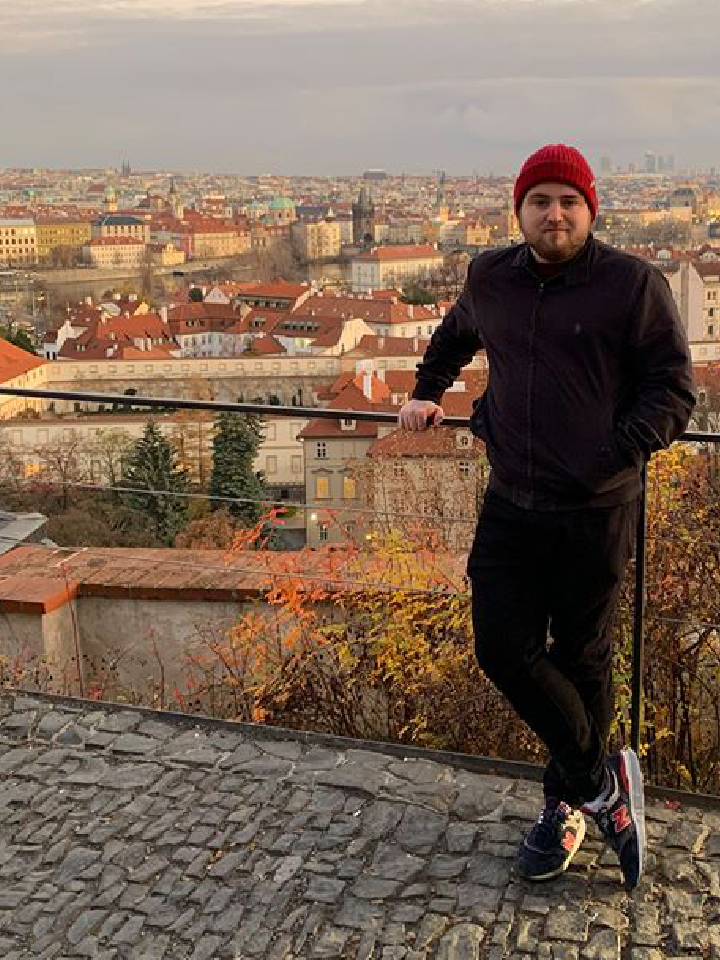Valheim biomes, regions, and what to expect explained
All of the Valheim biomes and what to find in each one

Not only do Valheim biomes help track your progress as you work your way through these various realms, but each of them contains specific resources, enemies, and challenges that you won't find anywhere else. As you continue on your journey of survival you'll encounter more of these biomes, because you can't stay in the relatively peaceful starting location of the Meadows forever, so knowing what awaits you in the imposing Black Forest and beyond will only help to increase your odds of staying alive. Each of the Valheim biomes has a distinct landscape and features, so you'll need to adapt accordingly to react to the opportunities and threats that are present.
In other words, exploring Valheim biomes means that you need to get ready to face a variety of Greydwarves, Skeletons, and Deathsquitos. And as if that isn’t enough, every distinct area in Valheim comes with an end boss; one of the Forsaken. To make sure you survive (for a while, at least), here’s an overview for all of the Valheim biomes and what to expect when you enter them.
Valheim biomes list
Here are all nine Valheim biomes, including the two under-development ones:
Meadows

Kicking things off is the Meadows, which is the friendliest of all the biomes, and the one you're likely to spawn in. Beech, Birch, and Oak trees spawn here, as do Boars, Greylings, and Deer. You can find all the basic resources you need to get going in a Meadows biome. You'll also find Eikthyr – the first boss marked on your map at the start of the game – in a Meadows.
Black Forest
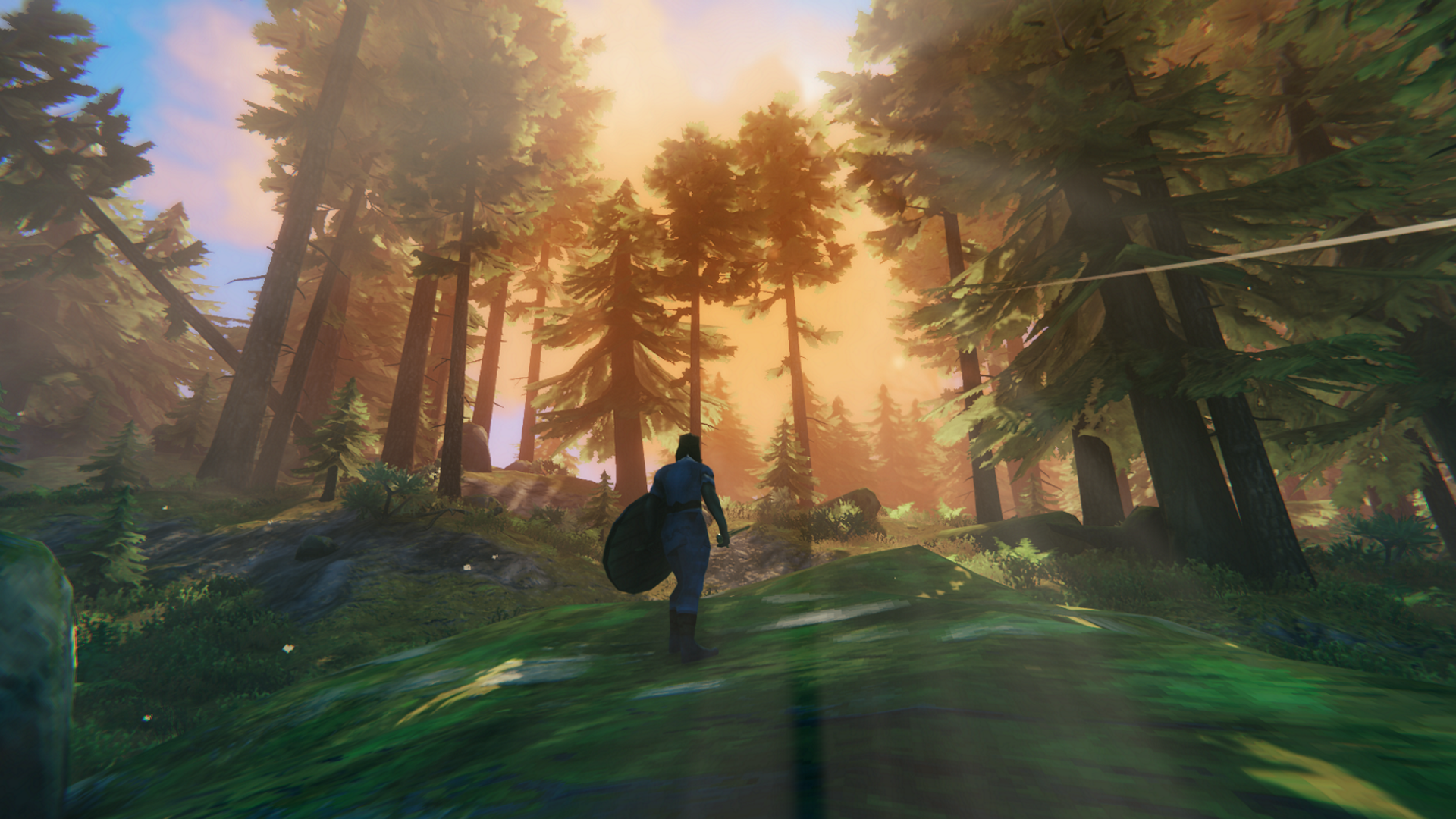
Often found adjacent to Meadows – and sometimes blending the border between the woodland parts of Meadows biomes – the Black Forest is a hostile land full of Greydwarves, Skeletons, and sometimes Trolls. Venture into a Black Forest and you can find all sorts of resources like Copper and Tin, along with Caves and Burial Chambers. The Black Forest is also the only biome the Valheim merchant spawns in. The Valheim Elder, the second boss, can also be found in a Black Forest.
Swamp

Then there's the Swamp. Expect low visibility, a lot of mud, and thick trees here, because the Swamp biome is even harder than the Black Forest. You'll be fighting Draugrs, Skeletons, Wraiths, Surtlings... and since the Valheim Hearth and Home update, Abominations. Sunken Crypts can be found in Swamps – which do require keys to open – along with Iron Scraps. This is where you'll fight boss number three, Valheim Bonemass, as well.
Mountains
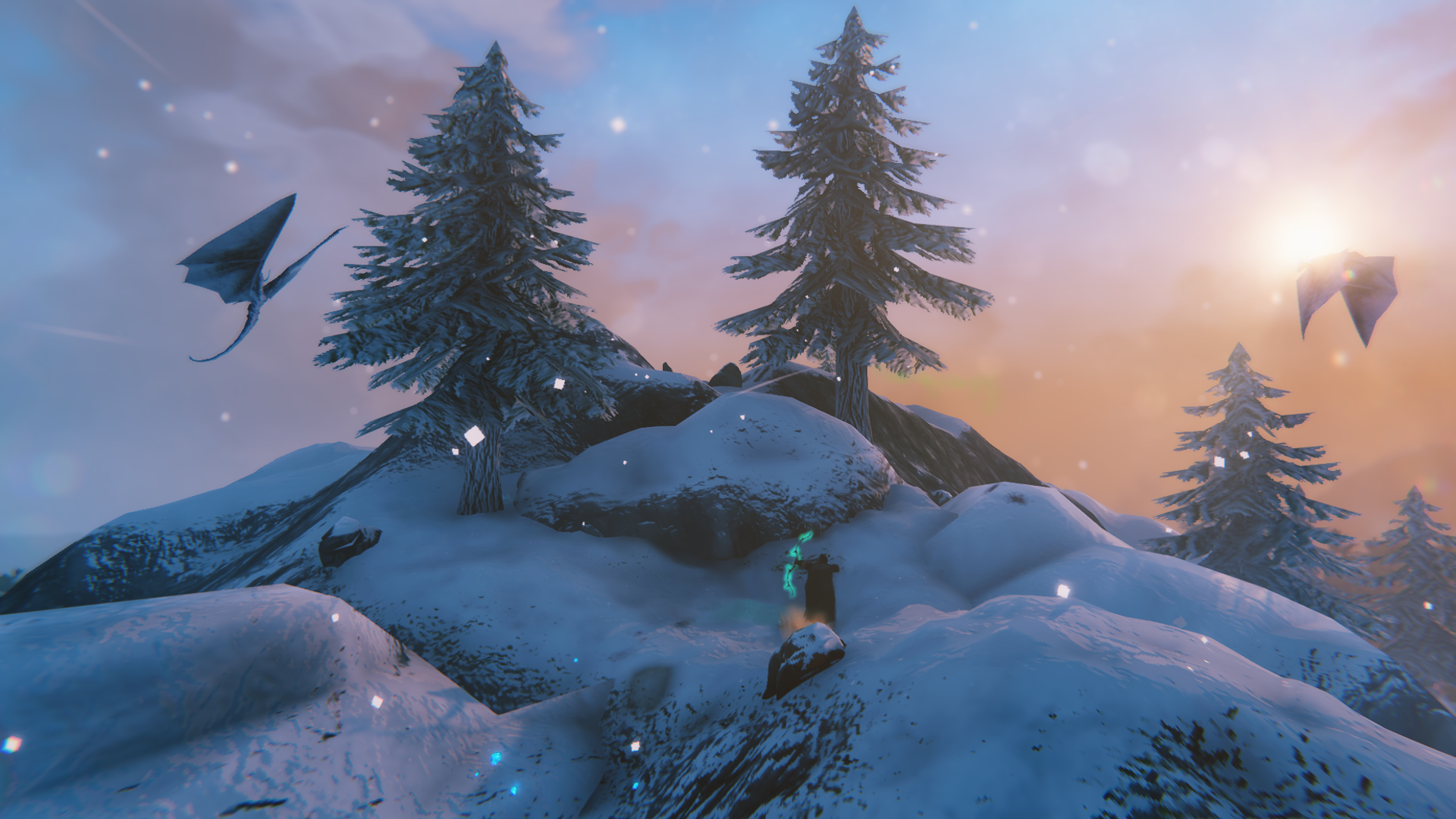
The Mountains are covered in snow and as you'd expect, have a lot of verticality. This is where you'll find Fir trees, along with Wolves, Drakes, the werewolf-like Fenrings, and Stone Golems. You'll also find Obsidian and Silver Ore veins here, along with boss four, Valheim Moder. The Mountains have received a subsequent update to add Valheim Frost Caves, providing further areas to explore as you head underground.
Plains
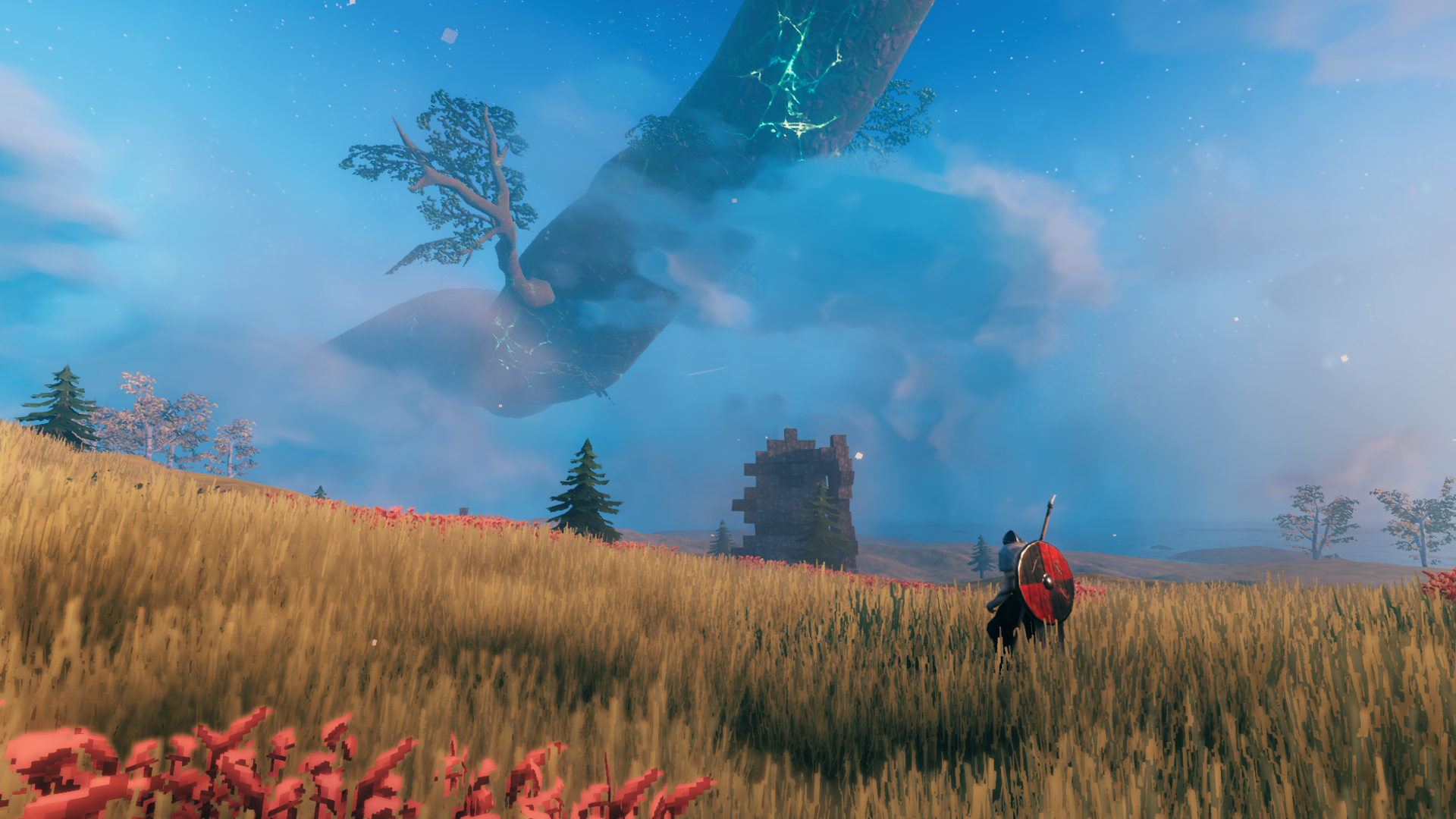
The Plains biome is essentially a desert with grass instead of sand. You can find some unique creatures here, such as Fulings, Loxes, and Deathsquitos. Since Hearth and Home, the Plains are also filled with Valheim Tar Pits, home to Growths. The goblin-like Fulings come in different types (Berserker, Shaman) and live in Fuling Villages. Unlike other Valheim creatures, they’ve got their own houses, watch towers, and farms. The fifth boss, Valheim Yagluth, is also located in the Plains biome.
Ocean
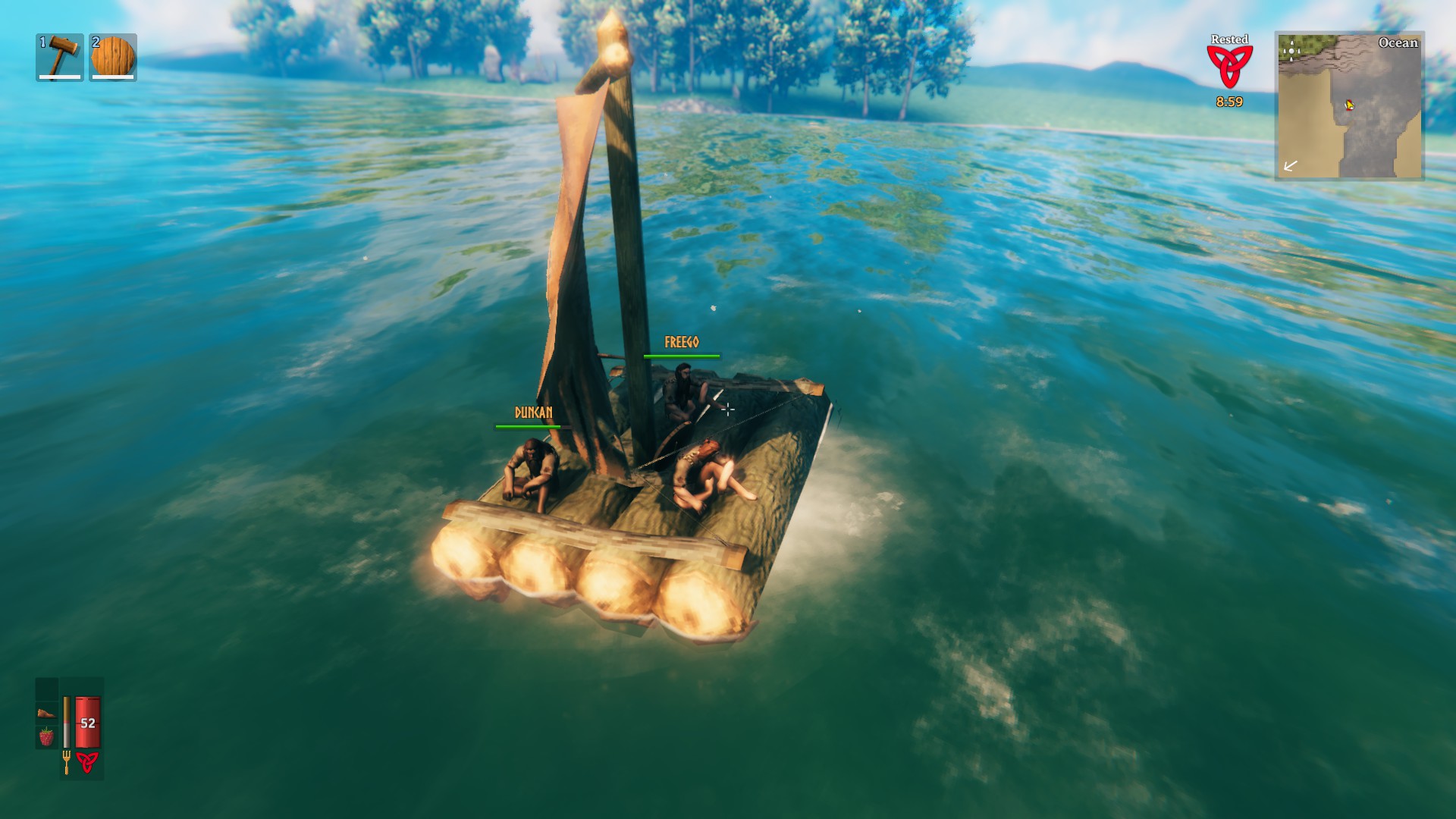
The Ocean biome speaks for itself. You'll need a boat to cross, whether that's the basic raft you can craft at the start, or a longship, the biggest boat in the game, and there's not much to be found out there, besides Leviathans and Serpents. Serpents may attack you and your vessel, so don't jump into the water if you can avoid it. Leviathans, on the other hand, are friendly giants who appear as small islands. If you start mining these islands, the Leviathan will slowly disappear under water.
Mistlands

Following the Valheim Mistlands update, this eponymous biome was populated and, as the name suggests, it's always covered in thick mist to obscure your view. You'll need your wits about you, as there are tough Valheim Seekers in the area and those oversized cockroaches will put up a decent fight. There are also certain foods made from crops and creatures you can find in the Mistlands biome that can be consumed to grant Valheim Eitr magic powers, so it's worth exploring those options to see what abilities you can gain. The sixth and final boss at the time of writing in early access – The Valheim Queen – is located here.
Ashlands and Deep North

Now we get to the "in development" biomes. These are technically in the game already – the Deep North is at the very top of every map, and the Ashlands is on the bottom – but they're severely lacking in content and there isn't a lot to do there. The Deep North is similar to the Mountains biome in that it's very snowy, but is slightly flatter from screenshots, while the Ashlands is a barren wasteland. Currently, only Surtlings can be found there.
One reason as to why these biomes currently exist in the game despite not being fleshed out is that when an update is released to add content to these regions, players won't have to start a new world to access that content as the biomes will already exist. We've seen this with the Mistlands, and it will no doubt happen again when the Valheim Ashlands update drops at some point in the future.
Weekly digests, tales from the communities you love, and more
Give me a game and I will write every "how to" I possibly can or die trying. When I'm not knee-deep in a game to write guides on, you'll find me hurtling round the track in F1, flinging balls on my phone in Pokemon Go, pretending to know what I'm doing in Football Manager, or clicking on heads in Valorant.
- Marloes Valentina Stella
- Iain WilsonGuides Editor
